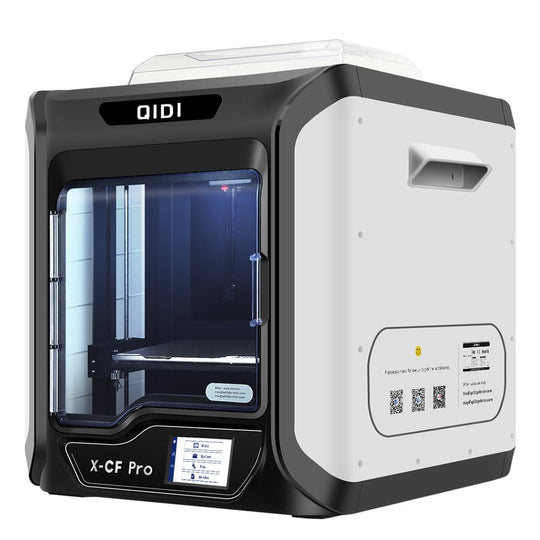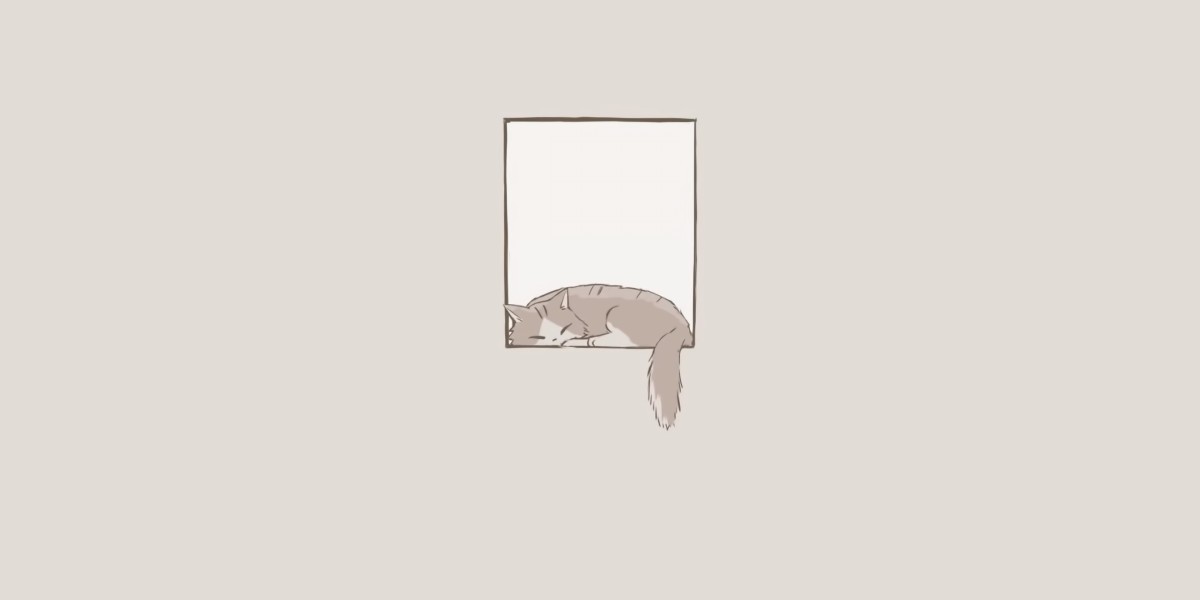Unleash Your Creativity: Discover the Magic of FDM 3D Printing!
Fused Deposition Modeling (FDM) 3D printing has taken the world by storm, captivating hobbyists, professionals, and educators alike. This technology allows users to create three-dimensional objects layer by layer, offering a hands-on approach to turning imaginative ideas into tangible products. The growing popularity of FDM 3D printing can be attributed to its accessibility and versatility, making it a valuable tool in various fields, including engineering, healthcare, and education. In this article, we will delve into the intricacies of FDM 3D printing technology, exploring its advantages, practical uses, and innovative applications that showcase its transformative potential.

Understanding FDM 3D Printing Technology
At its core, FDM 3D printing is a process that involves melting thermoplastic filament and extruding it through a heated nozzle to build an object layer by layer. The printer's nozzle moves across the build platform, depositing material according to a pre-designed digital model. As each layer is laid down, it adheres to the previous one, gradually forming the final object. Common materials used in FDM printing include PLA (Polylactic Acid), ABS (Acrylonitrile Butadiene Styrene), and PETG (Glycol-Modified Polyethylene Terephthalate), each offering unique properties suitable for different applications. Over the years, FDM technology has evolved significantly, with advancements in printer capabilities, software, and filament options making it more accessible and efficient. The introduction of multi-material printing and higher resolution capabilities has revolutionized the way we approach design and production.
Advantages of FDM 3D Printing
The advantages of FDM 3D printing are numerous, making it an appealing choice for beginners and experienced users alike. One of the most significant benefits is its cost-effectiveness; FDM printers are generally more affordable than other types of 3D printers, and the materials are relatively inexpensive. This accessibility allows more people to experiment with 3D printing without a hefty financial commitment. Additionally, FDM technology is user-friendly, making it an ideal starting point for those new to 3D printing. The range of materials available, each with its unique properties, allows for versatility in projects, whether creating prototypes, artistic pieces, or functional parts. Moreover, the ability to print at home or in small workshops empowers individuals to bring their creative visions to life without relying on external manufacturing processes.
Applications of FDM 3D Printing
FDM 3D printing has found its way into various fields, showcasing its vast potential and transformative impact. In the realm of prototyping, designers and engineers can quickly create physical models of their concepts, allowing for rapid iteration and testing. This capability accelerates the product development cycle, reducing time to market and enabling companies to respond swiftly to market demands. In education, FDM printing is utilized to enhance learning experiences, offering students hands-on opportunities to engage with complex concepts in subjects like engineering, architecture, and design. By creating physical representations of their ideas, students can better grasp theoretical knowledge and foster their creativity. Moreover, in healthcare, FDM technology has been employed to produce custom prosthetics, surgical models, and dental devices, improving patient outcomes and personalizing care. Home projects also benefit from FDM printing, as hobbyists and DIY enthusiasts can create everything from functional tools to intricate art pieces, showcasing their creativity in a tangible way.
FDM in Education
In educational settings, FDM 3D printing serves as a powerful tool for enhancing creativity and deepening understanding. Students can design and print their creations, fostering an environment of innovation and problem-solving. For instance, in engineering classes, students can visualize and test their designs, reinforcing theoretical principles through practical application. During a recent visit to a local school, I witnessed students excitedly discussing their 3D printed projects, from architectural models to prototypes of inventions. This hands-on approach not only engages students but also equips them with vital skills for the future.
FDM in Prototyping and Manufacturing
FDM printing plays a crucial role in rapid prototyping and small-scale manufacturing. By enabling designers to produce quick, cost-effective prototypes, FDM technology allows for iterative development and testing before committing to full-scale production. This agility is particularly valuable in industries like automotive and consumer products, where design changes are common. A friend of mine, who works in product design, shared how FDM printing has transformed their workflow, allowing for quicker feedback and more refined final products.
Exploring the Future of FDM 3D Printing Technology
In conclusion, FDM 3D printing technology presents an exciting landscape filled with opportunities for creativity and innovation. From its basic mechanics to its diverse applications across various sectors, FDM printing empowers individuals and organizations to bring their ideas to life. Whether in education, prototyping, or personal projects, the potential of FDM 3D printing is vast and ever-expanding. I encourage readers to explore this technology, experiment with their designs, and unleash their creativity through the magic of FDM printing. The journey of turning imagination into reality is just a print away!






